As its name suggests, the Jim Thompson House Museum is dedicated to the American businessman and architect Jim Thompson. Surrounded by nature in the heart of a large city such as the capital of Thailand, in this house converted into a museum you can see the rooms where Jim Thompson lived as well as his art collection.

You can also appreciate the design of the museum, designed by Jim Thomson himself, in the purest Thai style. All this has made this place one of the popular tourist destinations in Bangkok.
Jim Thompson was born in Greenville, Delaware, in 1906. In 1940 he enlisted in the army after years of working as an architect in New York, and in the midst of World War II he was assigned to what is now the epicenter of what we know as the CIA. He was stationed in North Africa, Italy, France and finally Asia.
He settled permanently in Thailand after the war, and there he created his legend as a business magnate, art collector, decorated by the country… all very nice except for the end. Thompson’s story does not end in the same way as that of the best-adapted foreigner in Bangkok.
While in the Cameron Highlands in West Malaysia in 1967, Thompson mysteriously disappeared. That same year, his sister was murdered in the United States, fuelling several conspiracy theories.
Although the mystery has never been solved, evidence revealed by American journalist Joshua Kurlantzick in his profile of “Thompson, The Ideal Man”, suggests that the anti-American stance Thompson took later in life may have made him a potential target for the CIA.
Built in 1959, the museum in what was once Jim Thomson’s home covers a rectangular rai of land, some 2,000 square meters, among enormous buildings in this area of Bangkok.
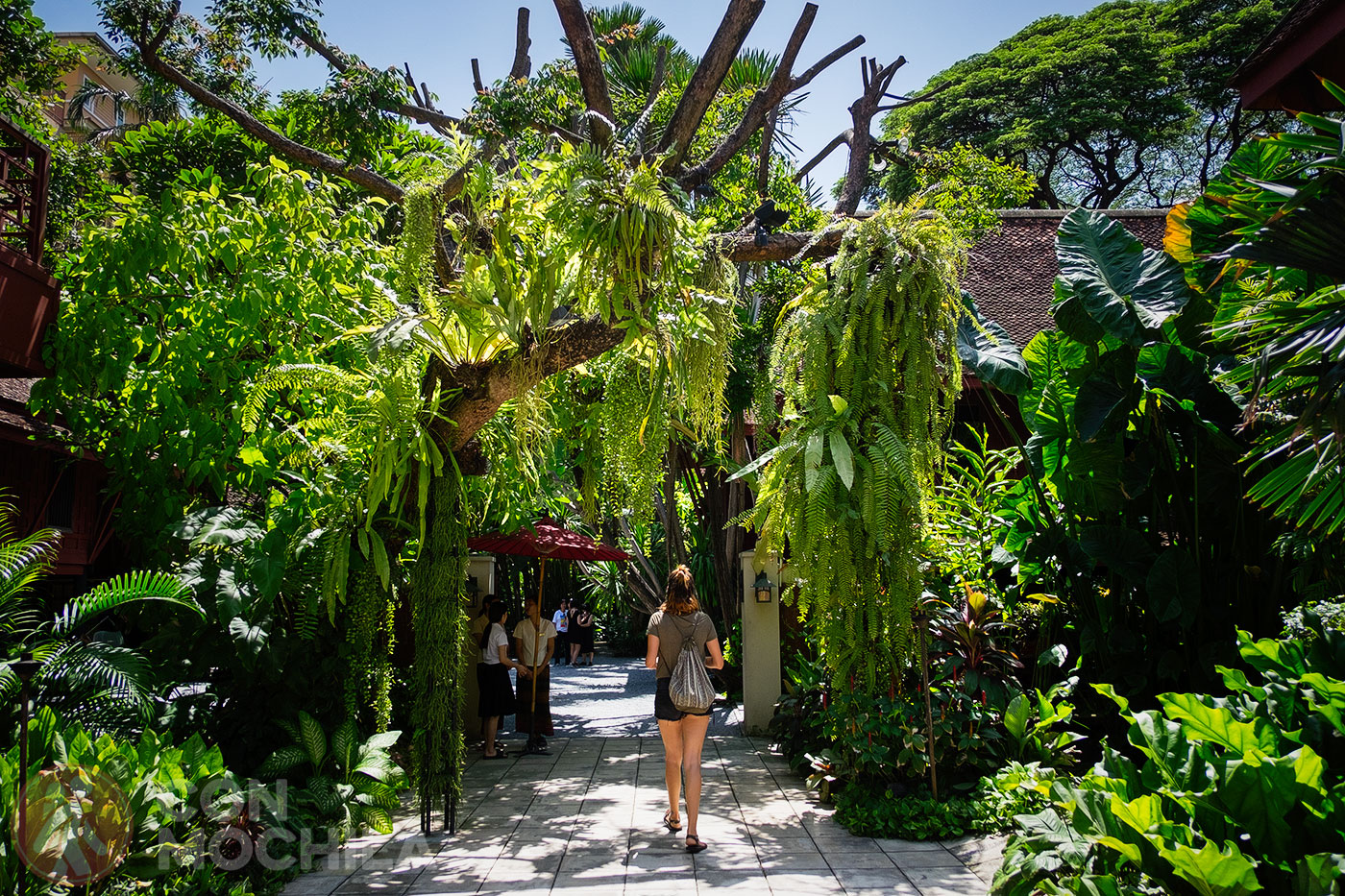
Following his move to the Thai capital and the establishment of his silk export company Thai Silk Company Limited in 1948, Thompson also became a major collector of Southeast Asian art, which at the time was not well known internationally.
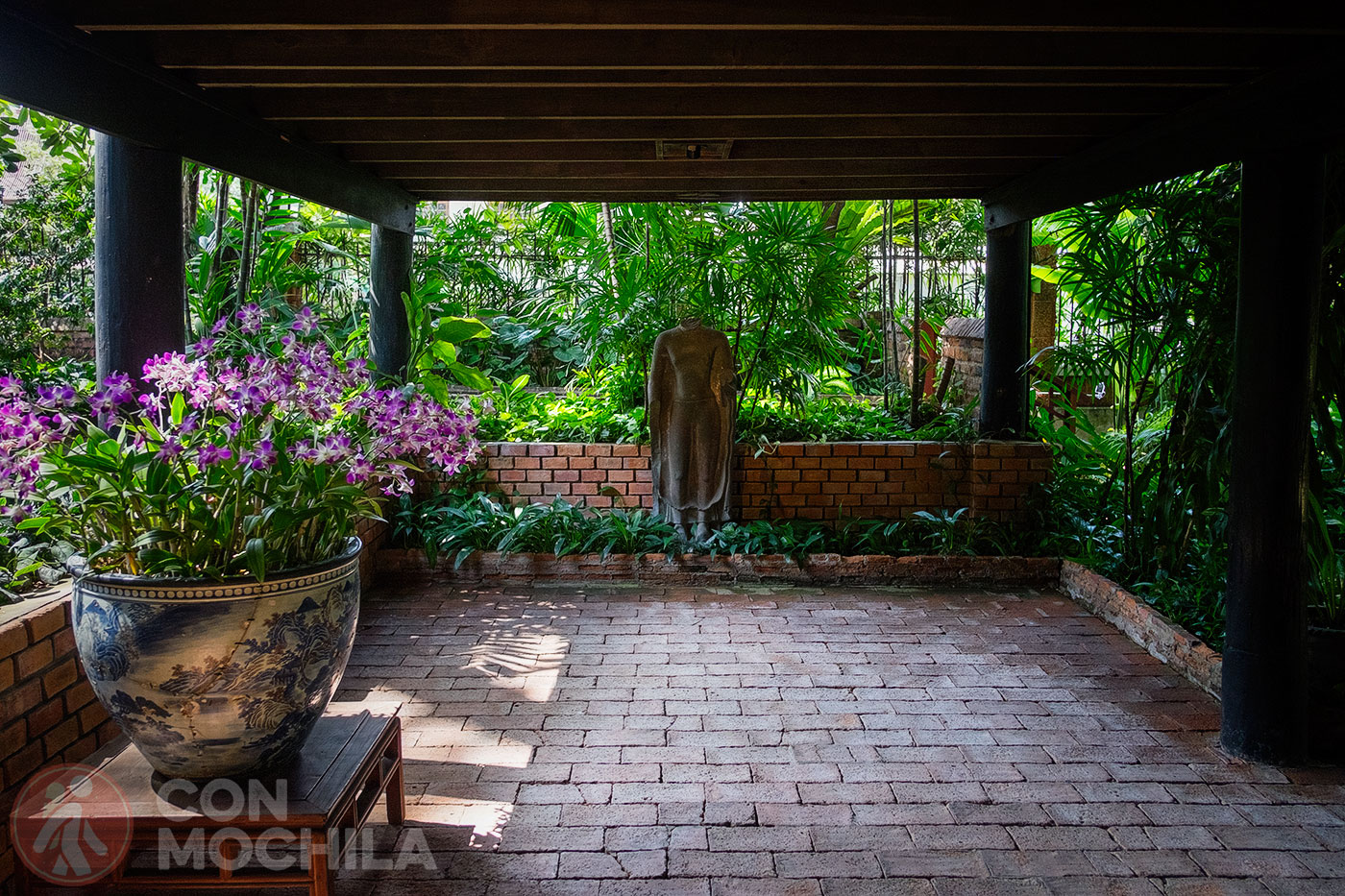
Attracted by the subtlety of its craftsmanship and expression, he built up a large collection of historical Buddhist statues and traditional Thai paintings made of wood, cloth and paper depicting the life of Buddha and the Vessantara Jataka legend.
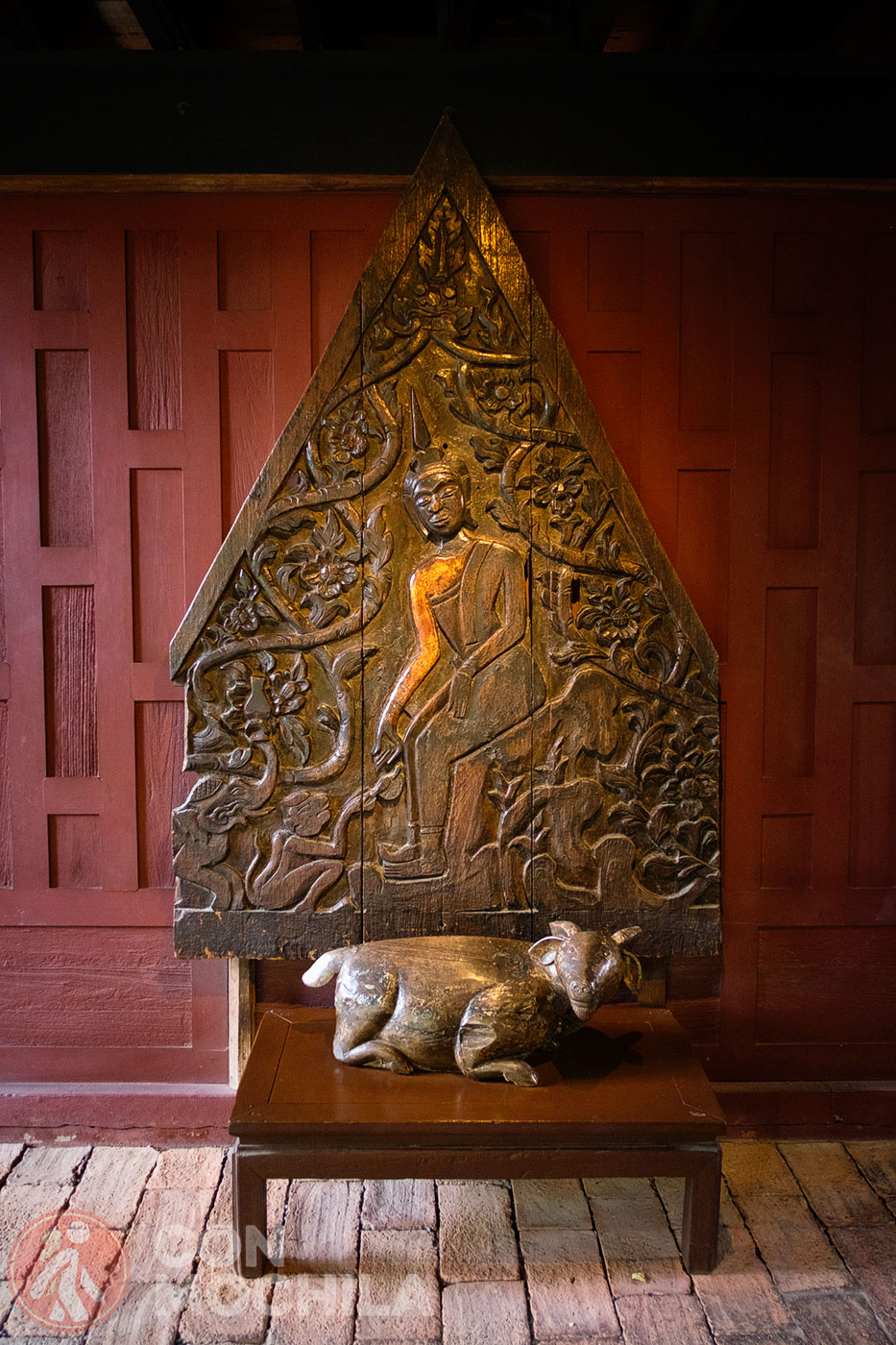
He collected secular art not only from Thailand, but also from Burma, Cambodia and Laos. His collection also included white and blue porcelain from China.
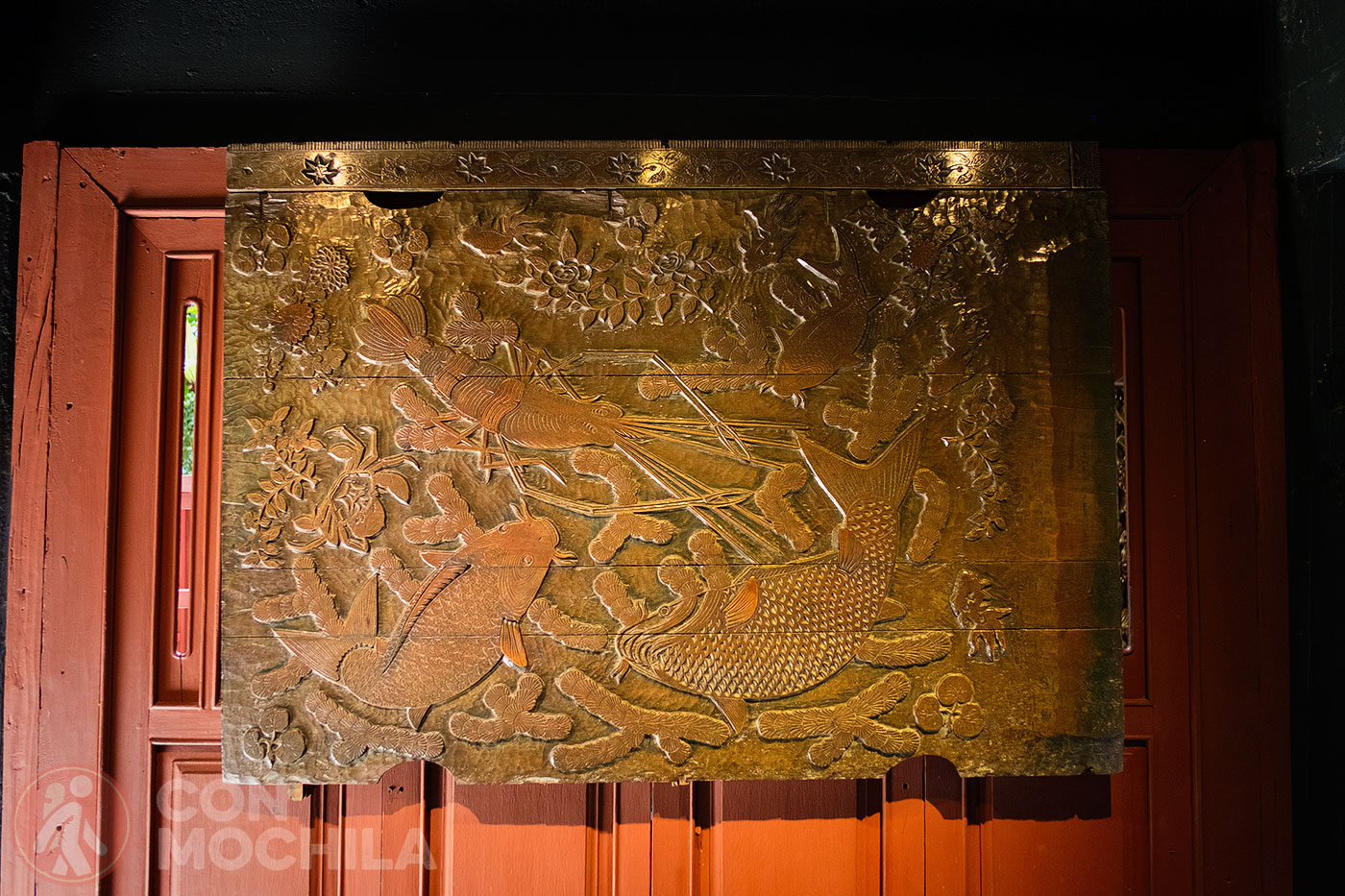
In 1958, he began what was to be the pinnacle of his architectural achievement, a new home to live in and display his art collection. The museum is notable for the complexity and architecture of its six traditional Thai houses, using primarily wood from various structures that were collected throughout Thailand between 1950 and 1960.
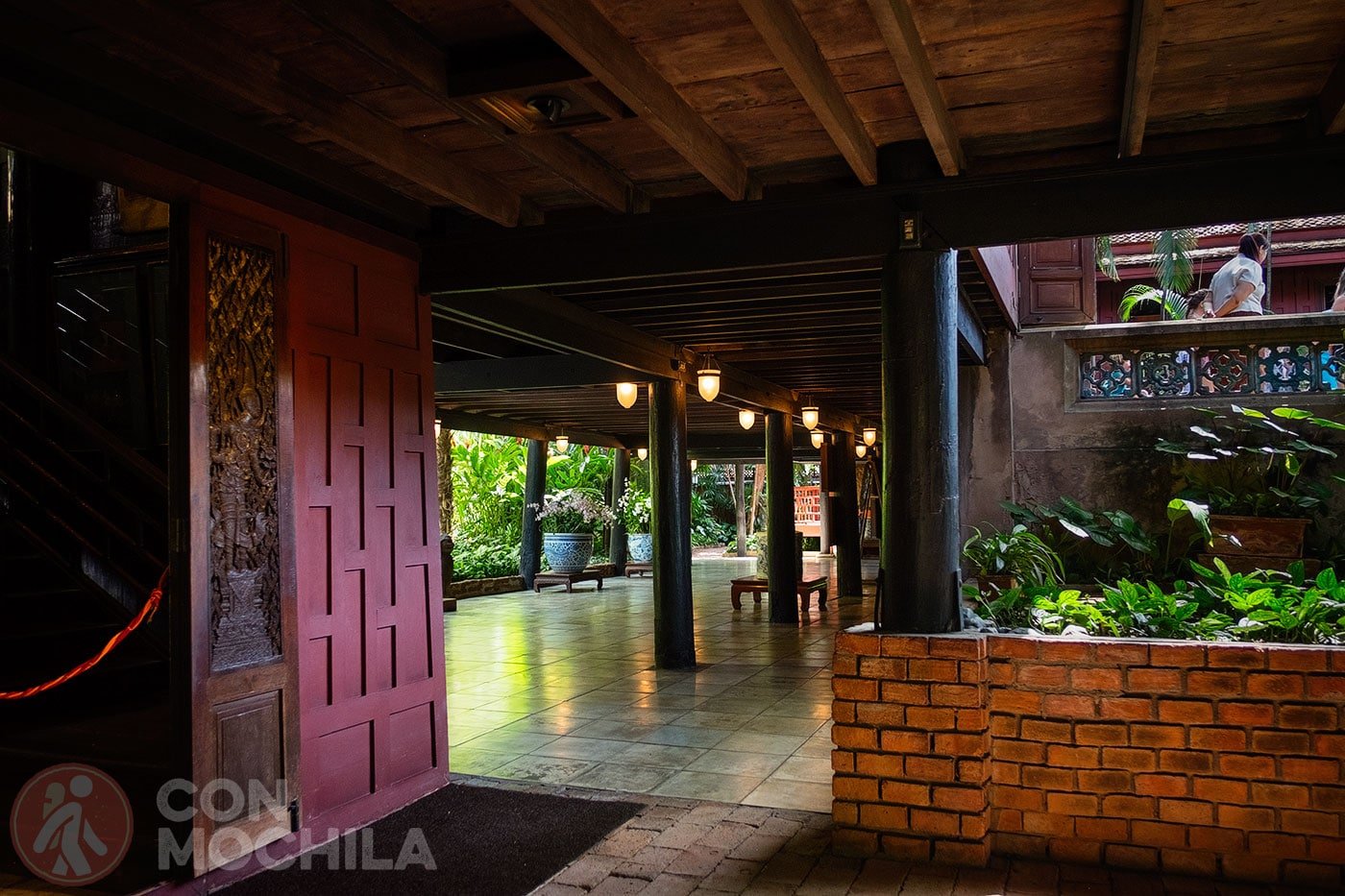
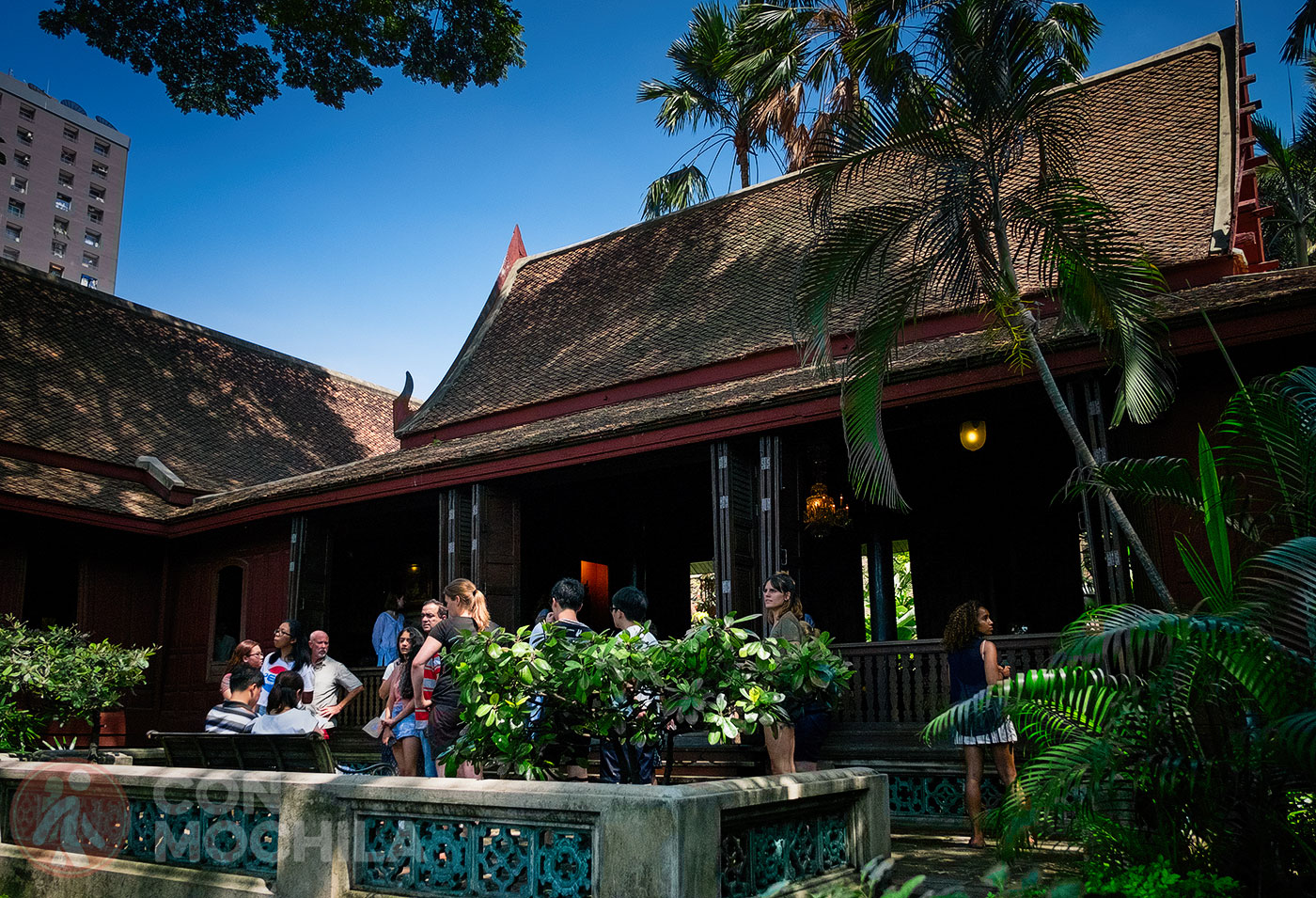
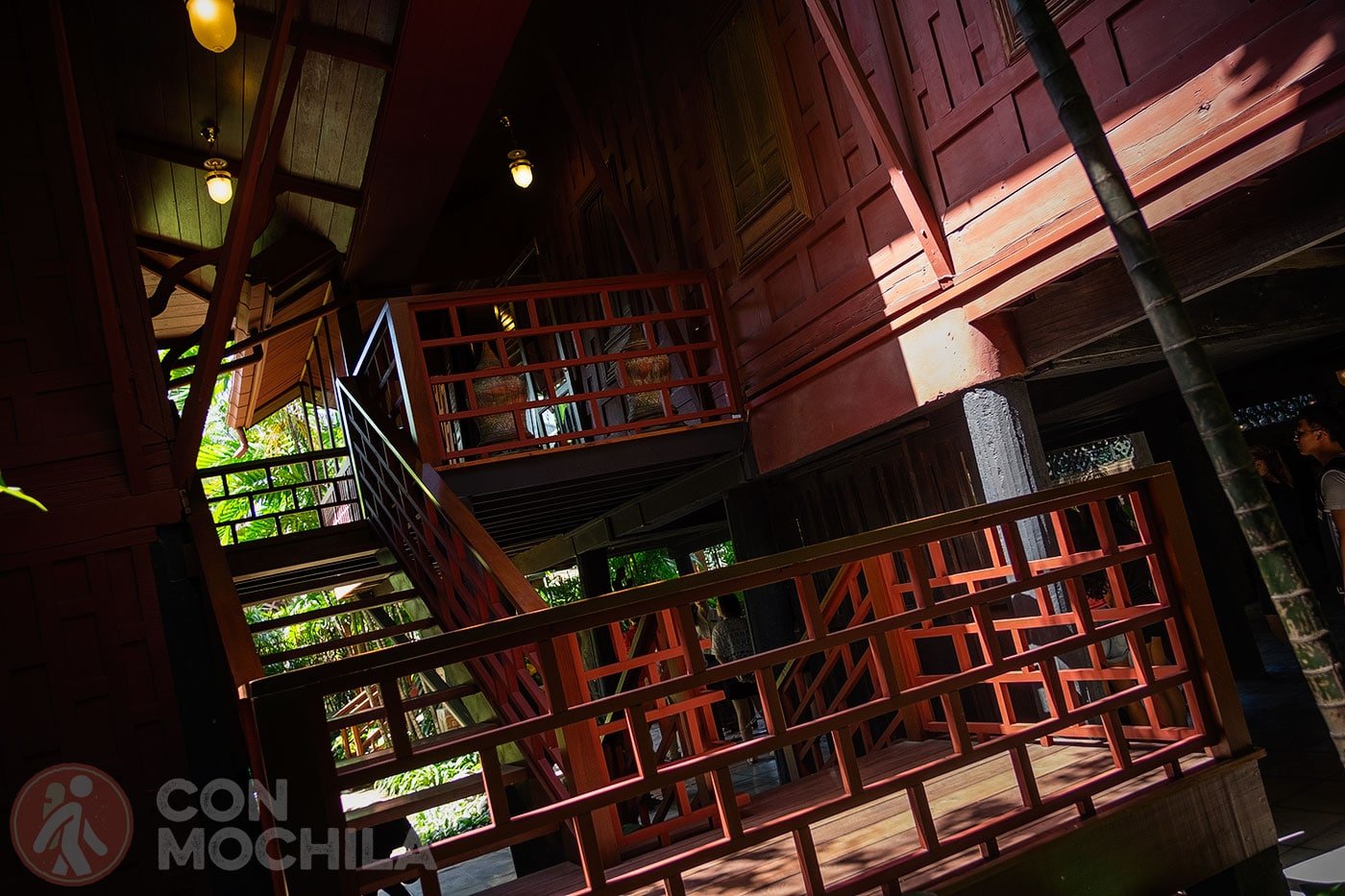
If you want to go on your own, you can get there by Skytrain, getting off at the National Stadium stop. If you prefer, you can go on a tour that allows you to visit the Jim Thompson House and the Baan Krua Community, with transfers included.
ACTIVE CAMPAIGN !
Until december 1st, you can get an automatic 15% discount on your Heymondo travel insurance.